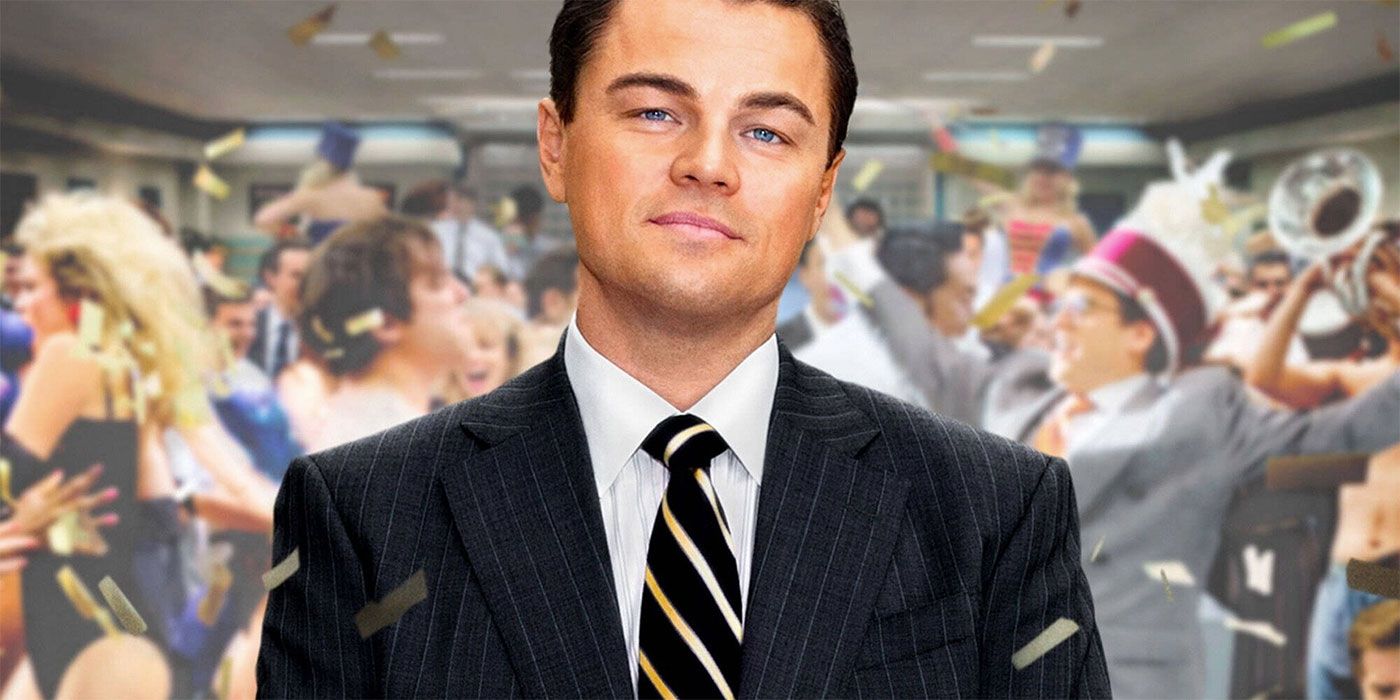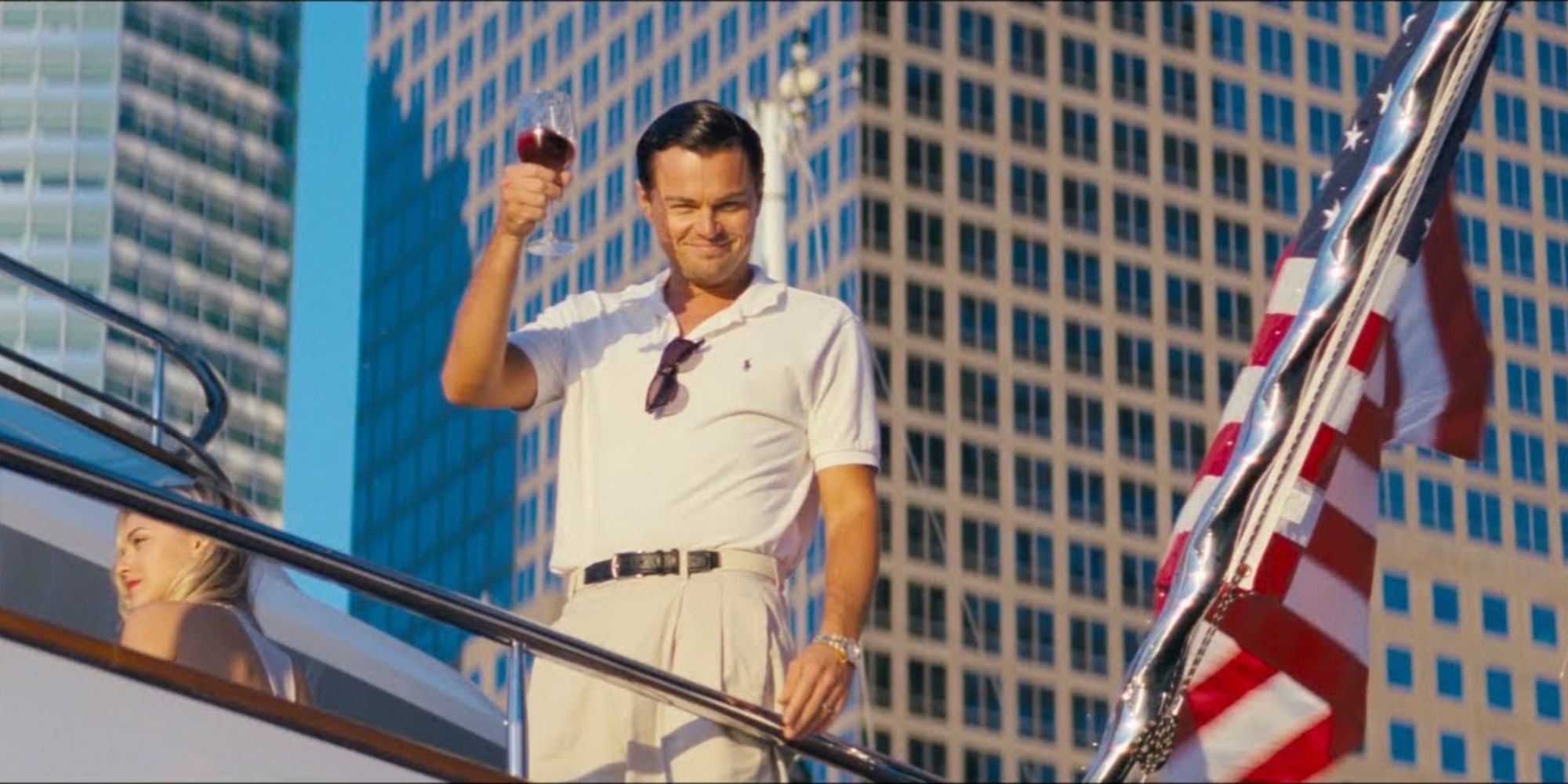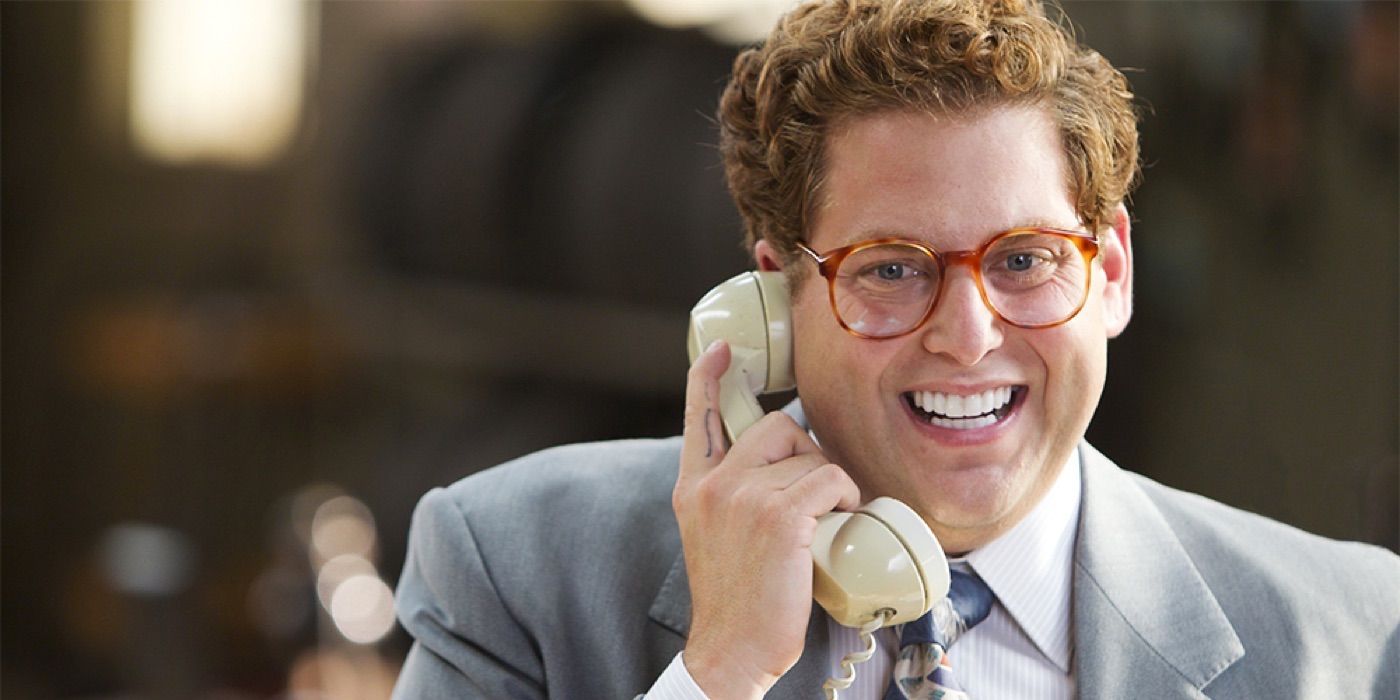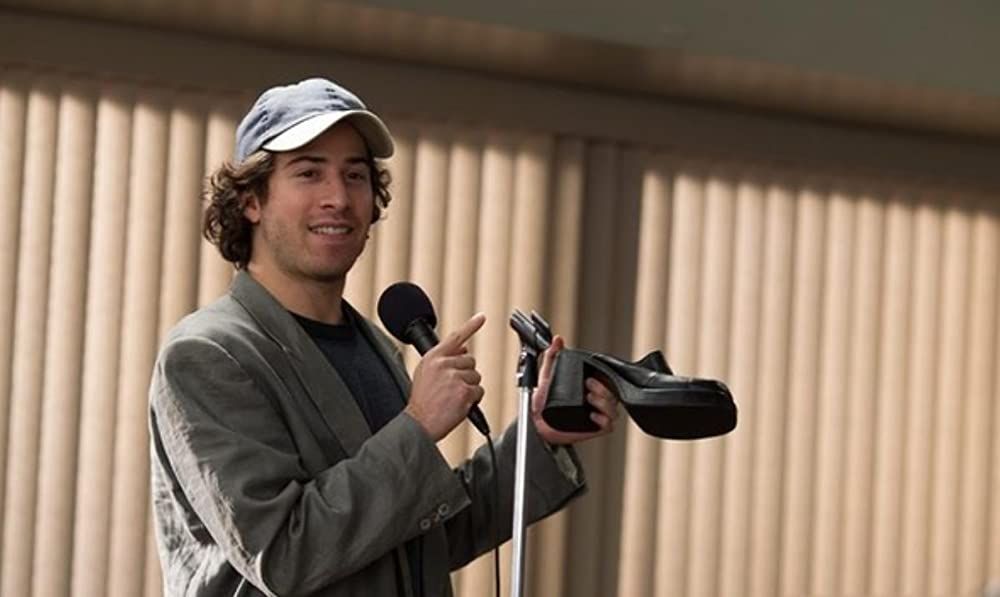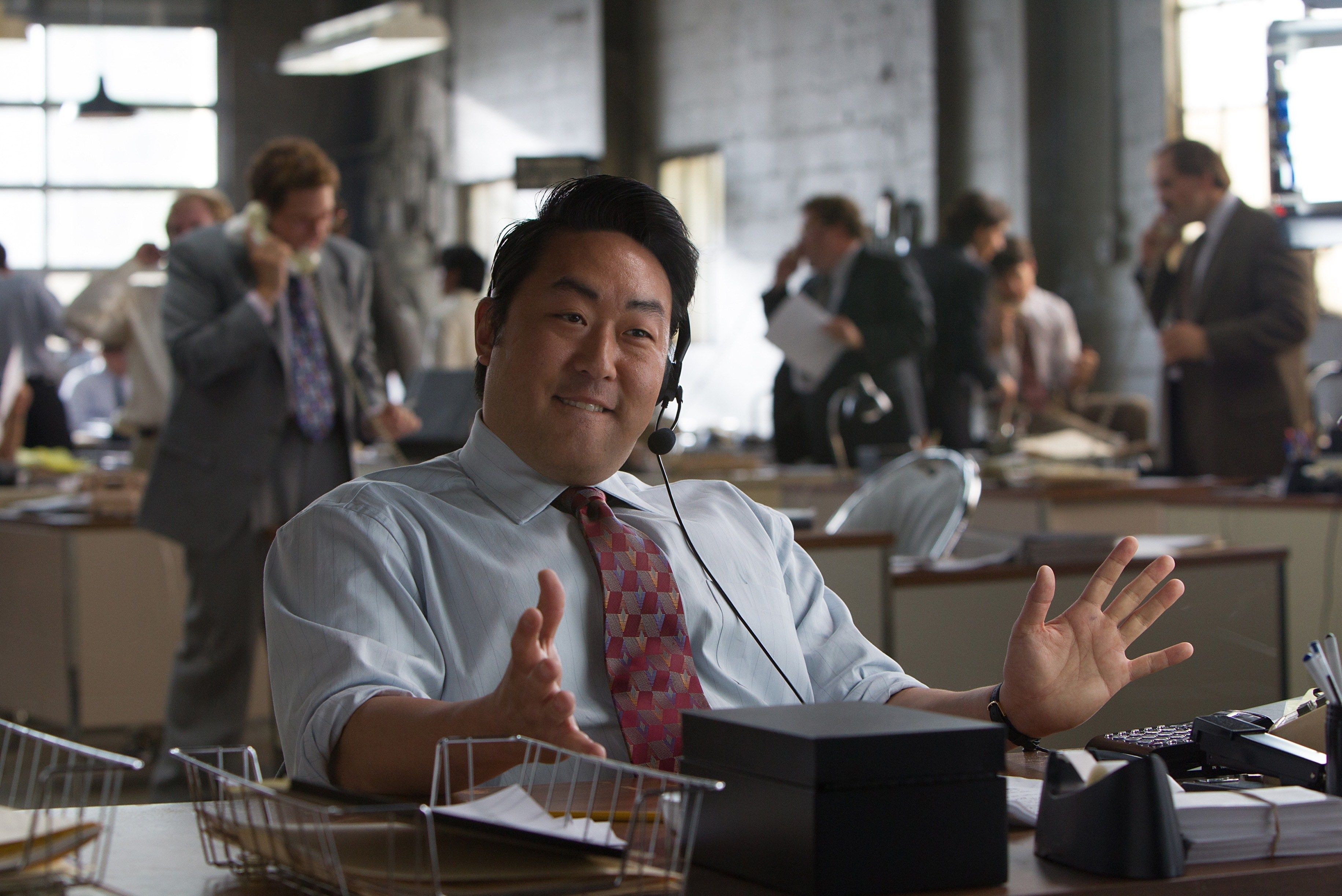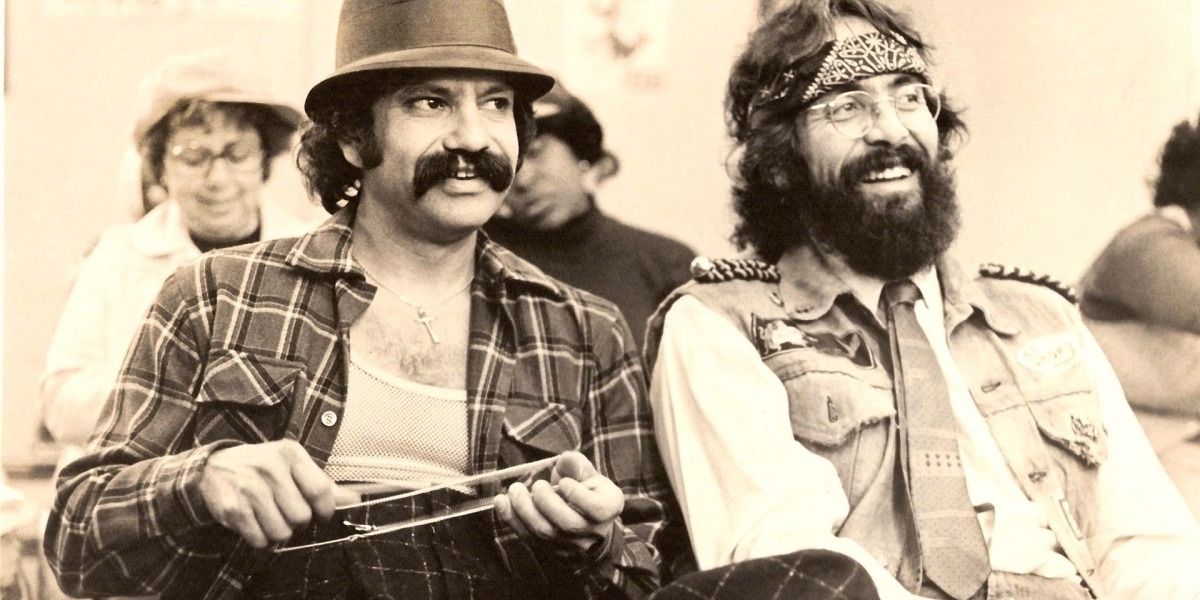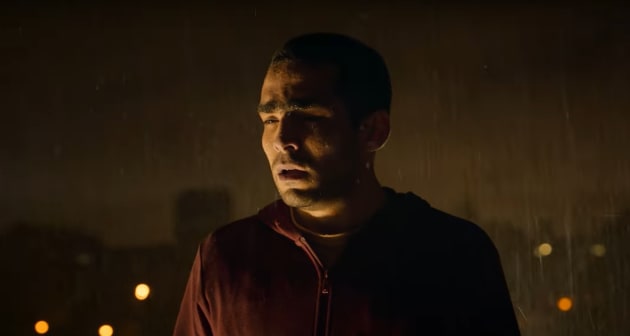The Big Picture
Martin Scorsese’s The Wolf of Wall Street is a darkly comedic portrayal of unrestrained Wall Street hedonism and greed that ranks among the maestro’s greatest works of the last decade. Scorsese clearly excels at translating true stories into film, as with his newest release, Killers of the Flower Moon, out October 20. Like all narrative films based on true stories, The Wolf of Wall Street takes a few liberties with Jordan Belfort’s life and crimes, such as using Jonah Hill’s Donnie Azoff character as a stand-in for multiple real-life friends of Belfort’s.
Overall, though, the film is remarkably accurate and certainly conveys the underlying truths of Belfort’s 2007 memoir, which was the primary source material for the film. Although the film is three hours long, some details and interesting subplots were unable to make the final cut. As we explore the real-life stories of some of the film’s principal characters, we’ll see where Scorsese’s film diverted from the truth, and we’ll understand the additional context that helps add complexity to this remarkable, hilarious, and tragic story.
Who Is the Real Jordan Belfort?
The overall story of Jordan Belfort (Leonardo DiCaprio) and his brokerage firm Stratton Oakmont, as presented in Scorsese’s film, is true to life. Belfort was violating probably hundreds of laws at any given time, most of which involved defrauding his shareholders and manipulating the stock of dozens of companies. He recruited young, mostly working-class kids from Long Island to work at Stratton and indoctrinated them into what he repeatedly calls, in his 2007 memoir, a “cult.” They were taught to worship at the altar of money and to con their clients into buying worthless stock. While all this was happening in his professional life, Belfort’s personal life was plagued by addictions to numerous illegal substances, primarily cocaine and Quaaludes. He cheated on his first wife with a woman nicknamed “The Duchess of Bay Ridge,” played by Margot Robbie in the film. He later married the Duchess, and they had a tumultuous relationship filled with deceit and abuse that ended in divorce. Eventually, Belfort was caught by the FBI and after serving 22 months in federal prison, became a writer and motivational speaker. His first memoir, The Wolf of Wall Street, was published in 2007.
Perhaps the biggest surprise to be found in Belfort’s memoir is that most of what is depicted in the film is true, at least according to Belfort’s best recollection. The copious amounts of drugs, the proliferation of sex workers, and rampant criminality are all depicted pretty accurately. Many of the more outrageous scenes in the film, such as when a female employee has her head shaved for $10,000, are true. Stratton Oakmont was notoriously depraved, but much of that depravity was inspired by existing financial institutions, some of them prestigious, others far less so. In other words, Belfort didn’t invent the practice of defrauding shareholders while snorting countless lines of cocaine, but he did engage in these illegal activities more frequently and ostentatiously than most.
One aspect of the film that accurately conveys Belfort’s mindset and perspective is its frequent use of fourth-wall-breaking narrations, in which Belfort speaks directly to the camera/audience. In his book, Belfort writes, “It was as if my life was a stage, and the Wolf of Wall Street was performing for the benefit of some imaginary audience.” Of course, that audience turned out to be real. Perhaps it was this idea of playing a character that led Belfort to dub himself the “Wolf of Wall Street.” There is scant evidence that anyone referred to him by that moniker until after the publication of his book. Belfort makes it seem throughout his memoir that people constantly called him “The Wolf” but that appears to be, at best, a creative embellishment.
In an effort to perhaps make Belfort seem a bit less crazed than his on-screen persona, it should be mentioned that despite the film citing “back pain” in air quotes as a reason for his drug habit, Belfort really did have constant back issues that required multiple surgeries. He would often use his health problems as a partial excuse for abusing various substances, but the film downplays his reliance on pharmaceuticals to alleviate his chronic pain. Belfort also wasn’t reckless or dumb enough to attempt to bribe an FBI agent, as depicted in the film. Belfort never even interacted with the FBI agent pursuing him until he was arrested.
One especially dramatic moment in the film that is only partially true is when Belfort gives a speech to his employees, informing them that he is stepping down as leader and handing over the reins to Jonah Hill’s character Donnie. Then, mid-speech, he decides to reverse course and screams “I’m not fucking leaving!” to rapturous applause. In reality, Belfort did step down but heavily implied in his speech that he would still be running Stratton from the sidelines by giving “advice” to Donnie’s real-life counterpart. Of course, once Belfort relinquished control, Stratton went on a downward spiral from which it would never recover.
Jonah Hill’s Donnie Azoff Is Based on Real-Life Friends of Jordan Belfort
Donnie Azoff is based on a real person named Danny Porush, who was Belfort’s right-hand man at Stratton and apparently an out-of-control Quaalude addict. Porush was introduced to Belfort through his wife. He was not, as the film depicts, a children’s furniture salesman who quit his job to work for Belfort when he saw one of Belfort’s pay stubs. In an interview with Mother Jones, Porush denied that several events depicted in the film ever happened, including the infamous dwarf-tossing scene (an idea that was seemingly shot down by Belfort for being too outrageous). He also confirmed to Mother Jones that nobody at the firm ever actually referred to Belfort as “The Wolf” or “The Wolf of Wall Street.”
Although the film depicts Donnie as being resuscitated by Belfort after choking on food while under the influence of Quaaludes, it was actually another friend of Belfort’s whose life was saved when Belfort performed CPR on him. Porush similarly was not aboard Belfort’s yacht when it capsized and sank during a storm (that was another group of friends, all of whom were rescued by the Italian Coast Guard). Porush did, however, admit to eating an employee’s goldfish in order to send a message. Amazingly, it’s also true that Porush married his first cousin and brought Belfort to a crack den. He spent 20 months in prison after the FBI unraveled Stratton’s schemes.
‘The Wolf of Wall Street’s Shoe Designer Turned Criminal
Steve Madden (Jake Hoffman), the famous shoe designer, was childhood friends with Danny Porush and was roped into his old friend’s lawlessness (Madden would end up being sentenced to 41 months in prison). While Madden has a relatively quick cameo in the film, he looms much larger in Belfort’s memoir. Madden was actually personally and professionally closer to Belfort than he was Porush. According to Belfort, Madden even offered to co-run his shoe company with Belfort, with Madden focusing on designing shoes and Belfort focusing on the manufacturing and distribution side of the business. After leaving Stratton, Belfort worked for Madden for a while until their relationship soured. Then the FBI took them both down. Madden ultimately was convicted of stock manipulation, money laundering, and securities fraud.
Who Is Chester Ming’s Real-Life Counterpart?
The merry band of misfits and former weed dealers that make up the core Stratton staff are mostly based on real people, but their exact work histories and relationships to Belfort are either simplified or omitted from the film. The Chester Ming (Kenneth Choi) character, for example, is based on a real person named Victor Wang who had a much more interesting role to play in Belfort’s memoir than in the film. Victor wanted to start his own firm and was thus viewed with suspicion by Belfort. It turns out the suspicion was justified. Within days of forming his own business, Victor began spreading rumors that Stratton was on the verge of collapse. He later started poaching Stratton stockbrokers who preferred to work at Victor’s firm in Manhattan over Belfort’s firm on Long Island. Unbeknownst to Victor, Belfort was “waging a secret war” against him the whole time, which resulted in Victor’s new firm going belly up. It’s also true that Victor assaulted Belfort’s butler and dangled him out of a window. Victor ended up being sentenced to eight years in prison.
The Private Investigator Who Plays Himself in ‘The Wolf of Wall Street’ 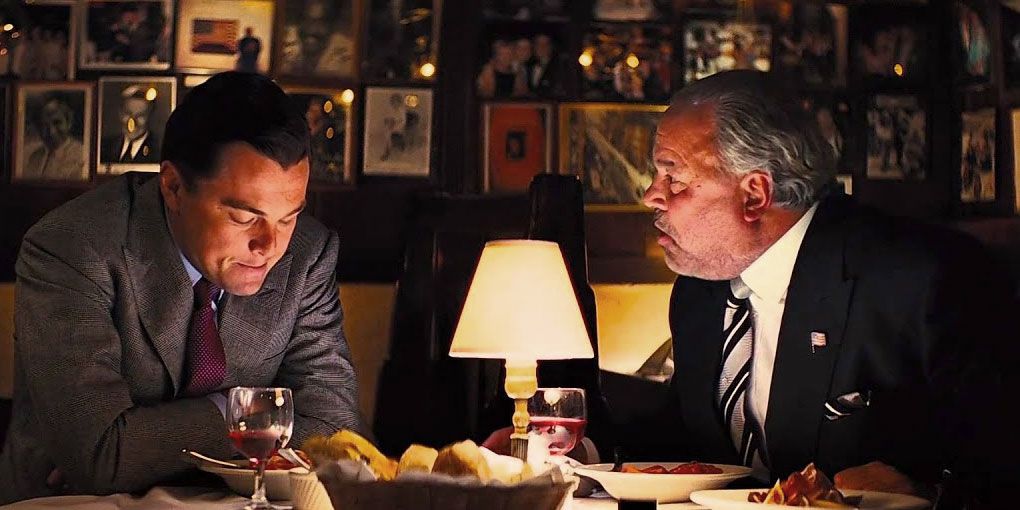
Bo Dietl is a private investigator and former New York mayoral candidate with a long history of popping up in Scorsese’s films. Dietl appeared in Goodfellas as the detective who arrested Henry Hill and was cast in a memorable supporting role in The Irishman. Believe it or not, Dietl actually knew Belfort and berated him for plotting a scheme to bug the FBI. Dietl also introduced Belfort to an FBI agent, dug up some information about the FBI’s investigation into Stratton Oakmont, and helped keep alleged Mob members and other troublemakers from causing any problems at Belfort’s firm. Dietl ended up playing himself in The Wolf of Wall Street.
Tommy Chong
Perhaps the oddest fact concerning The Wolf of Wall Street is that Belfort’s cellmate in prison was none other than Tommy Chong, the legendary stoner and actor. In an interview with New York Magazine, Belfort credited Chong with inspiring him to write a memoir. Chong apparently found Belfort to be endlessly entertaining. “The Quaalude stories are my favorite,” Chong told New York Magazine.

